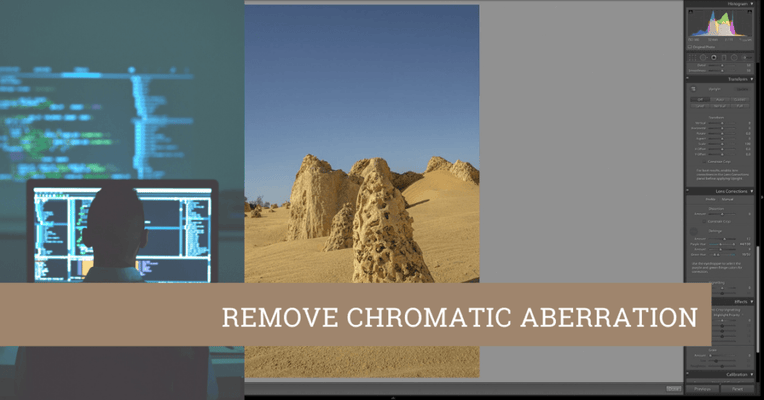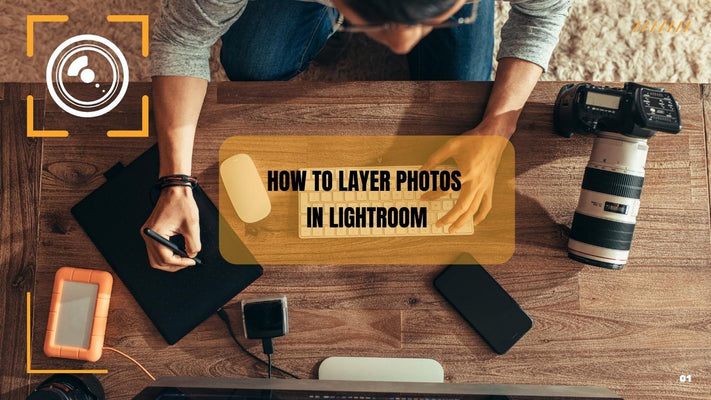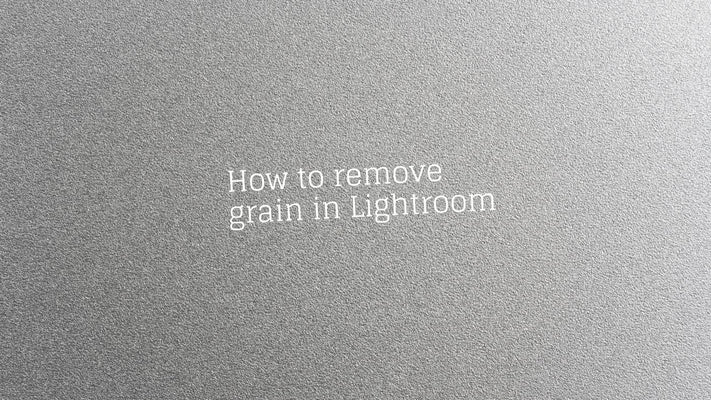How to smooth skin in Lightroom?
A Step-by-Step Guide: How to Smooth Skin in Lightroom
Adobe Lightroom, a favorite amongst photographers for its impressive array of editing tools, can be a game-changer for portrait photography. Among the many powerful features, it offers the capability to enhance portraits by smoothing skin, bringing a professional touch to your photos. This comprehensive guide will show you how to smooth skin in Lightroom to enhance your portrait images.
Importance of Skin Smoothing
In portrait photography, the subject's skin is often a focal point. However, everyone has natural skin texture, including wrinkles, blemishes, acne, or uneven skin tone, which may be more apparent in high-resolution images. Lightroom provides tools to smooth the skin, using the technique results in a cleaner and more polished look while maintaining a natural appearance.
Tools for Skin Smoothing in Lightroom
Lightroom's Develop Module provides various tools for skin smoothing, primarily the Adjustment Brush, Spot Healing Tool, and Clarity and Sharpness sliders. The key is to use these tools subtly to retain the skin's natural texture while smoothing out unwanted imperfections.
Steps to Smooth Skin in Lightroom
Step 1: Import and Select Your Image
Start by importing your portrait photo into Lightroom. Once imported, select the image and navigate to the Develop Module.
Step 2: Basic Adjustments
Before you smooth the skin, it's good to make any necessary basic adjustments to the photo, like exposure, contrast, highlights, shadows, white balance, etc.
Step 3: Select the Adjustment Brush
Click on the Adjustment Brush tool or press 'K' on your keyboard to open its options. This brush allows you to paint adjustments onto specific areas of your image.

Step 4: Adjustment Brush Settings for Skin Smoothing
For skin smoothing, you will want to decrease the Clarity and increase the Sharpness slightly. A common starting point is to set Clarity to -25 and Sharpness to 25, but these values can be adjusted based on your specific image.
Ensure that your brush's Feather and Flow are at a high setting (around 75-100) for a soft and natural effect. The brush size will depend on the area of the skin you're working on.

Step 5: Apply the Adjustment Brush
Start painting over the skin areas you want to smooth. Be careful to avoid areas with sharp edges like the eyes, nose, and mouth, as the adjustment could make these areas look unnatural. Zooming in on your image will make this process easier.
Step 6: Fine-tune the Skin Smoothing
Once you've applied the Adjustment Brush, you can fine-tune the skin smoothing effect by adjusting the Clarity and Sharpness sliders. If the effect looks too strong, reduce the Clarity adjustment; if the skin looks too soft, reduce the Sharpness adjustment.

Step 7: Spot Healing for Blemishes
For blemishes or spots, use the Spot Healing tool. This tool works by replacing the selected area with pixels from another area of the image. Simply select the tool, adjust the size to cover the blemish, and then click on the blemish.
Conclusion
Skin smoothing in Lightroom is an essential technique for enhancing portrait photos. The process involves delicately using the Adjustment Brush and Spot Healing tools, coupled with careful adjustments of the Clarity and Sharpness sliders.
Remember, subtlety is key when it comes to skin smoothing. Overdoing it can make skin appear unnatural or airbrushed. The goal should always be to enhance the natural beauty of your subjects, preserving their individuality and uniqueness.
With practice and patience, you'll master this technique, allowing you to bring a professional touch to your portrait photography












